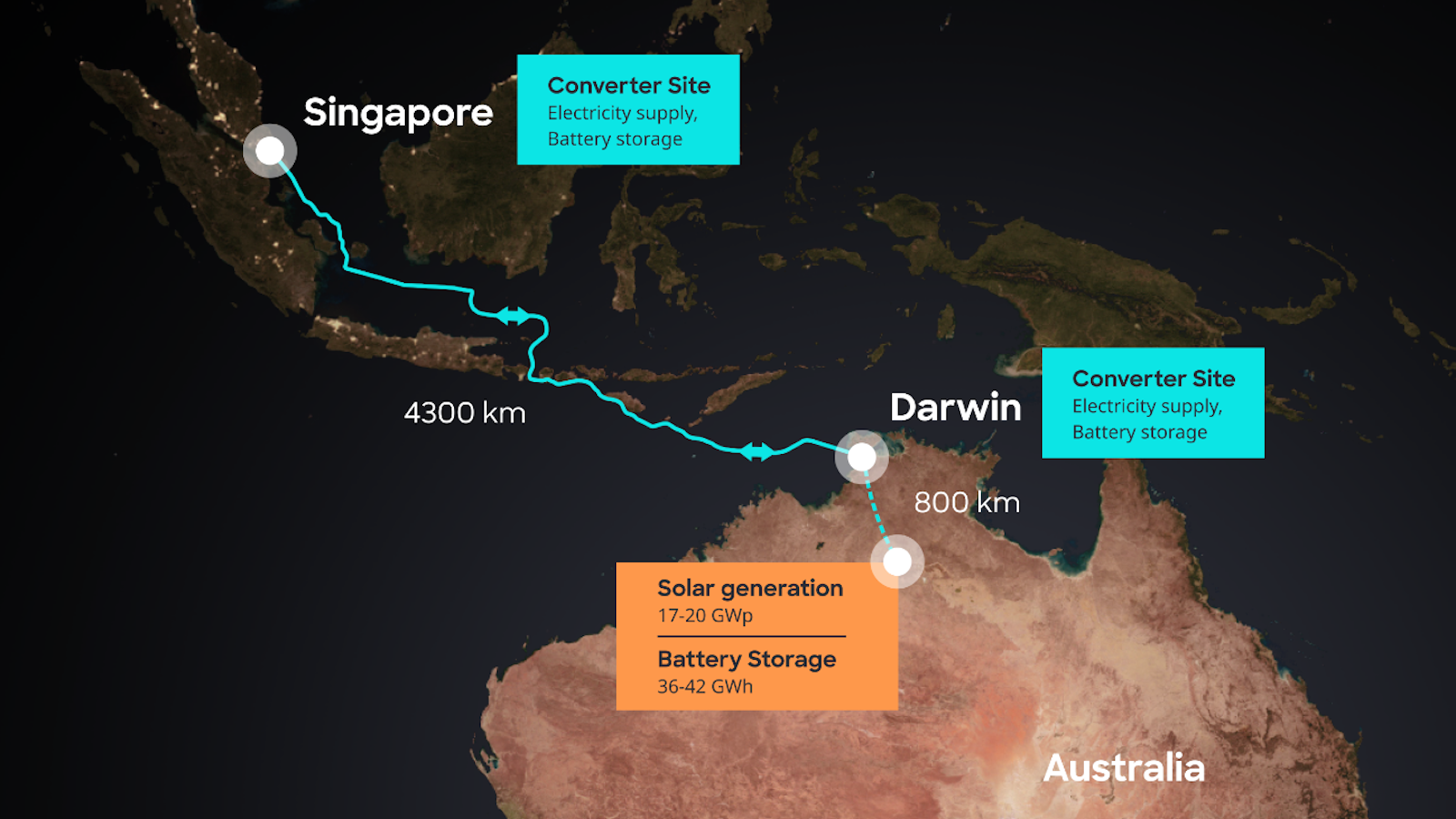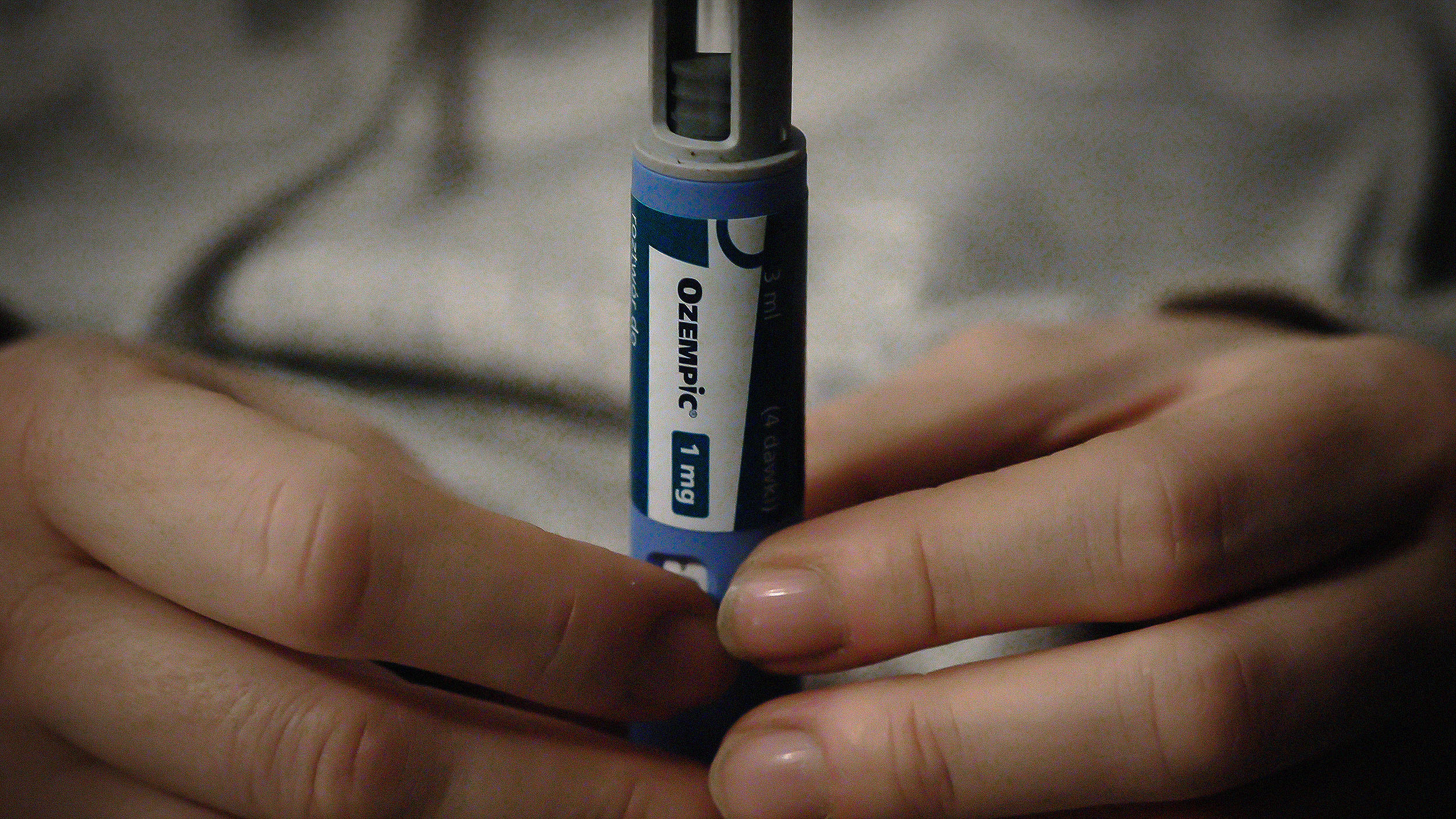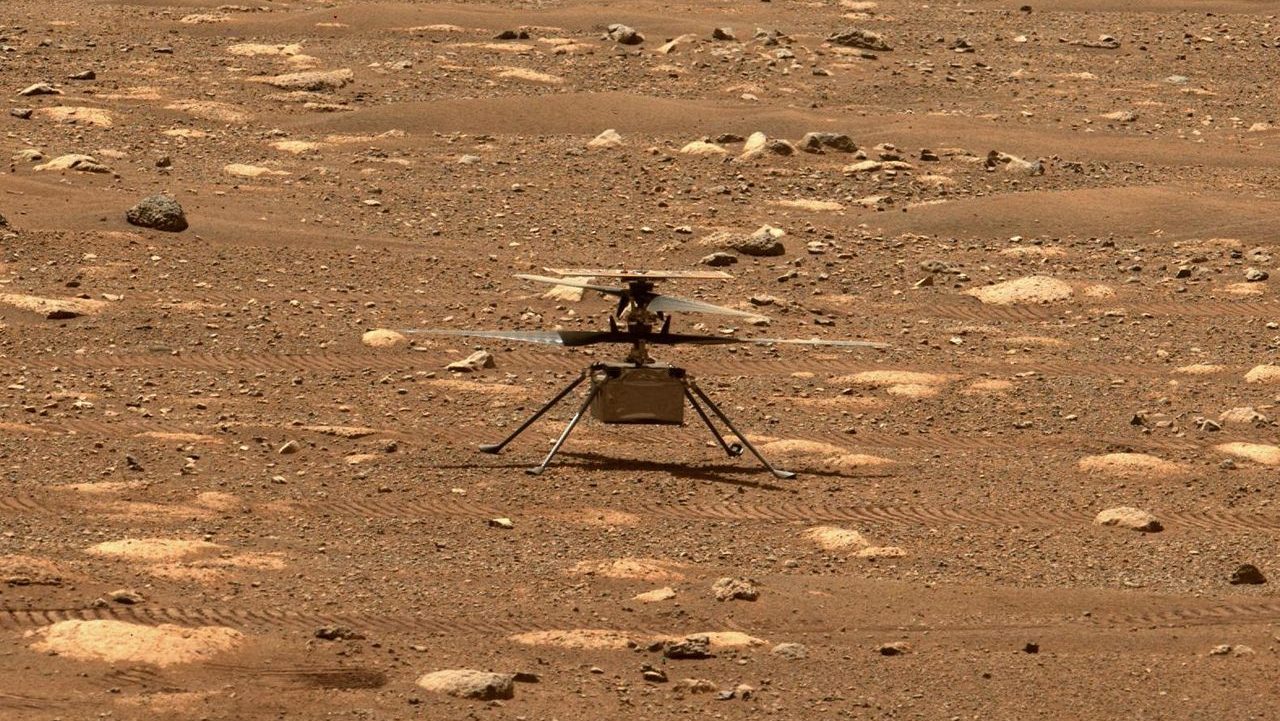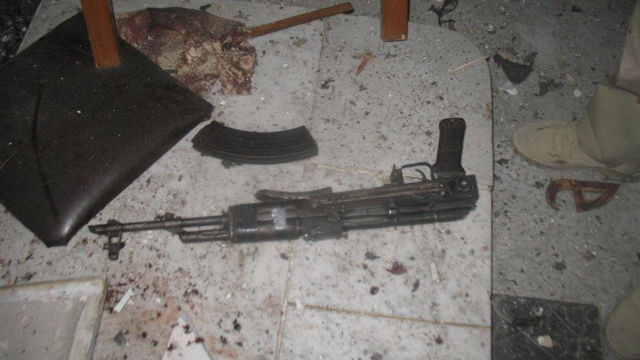2010: Volcanic Year in Review
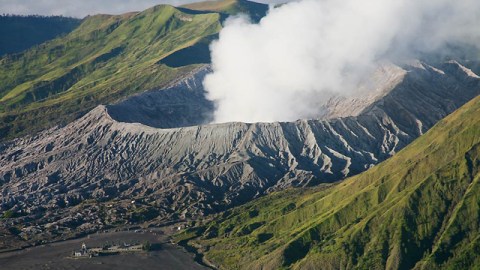
We’ve found out the winner of 2010 Pliny for volcanic event of the year yesterday, so now let’s look back at the entire year in volcanic activity. It was a busy year, both for the usual suspects and some volcanoes that erupted seemingly out of the blue.
Here we go, the 2010 Volcanic Year in Review
January 2010
2010 started with the Congo’s Nyamuragira having a new eruption that threatened a population of endangered chimps as lava flows issued from a flank fissure vent. We were all also watching one of 2009’s busiest volcanoes, Redoubt in Alaska, where seismicity at the volcano kicked up over the New Year. However, Redoubt was quickly lowered from Yellow to Green alert status as the earthquakes waned. Down in Costa Rica, Turrialba had its first eruption, albeit a small one, since 1866. The volcano developed a crack in the summit that had some people worried that larger eruptions were in the cards. If you were gambling type, you might have made some money betting on eventual 2010 Pliny winner, but the runner up, Merapi, still would have done you well at 10:1. We also saw an impressive explosion at Colombia’s Galeras that was caught on film. Finally, January saw earthquake swarms at Yellowstone Caldera and Salton Buttes, California. Of course, the Yellowstone swarm had everyone’s attention, but with the many swarms at the North American caldera, no eruption followed even as the swarm marched on into February.

Tungurahua in Ecuador erupting in February 2010.
February 2010
Tungurahua in Ecuador was active all year, producing ash falls in the region near the volcano. We can expect Tungurahua will make news into 2011, but the problem with a volcano with such constant activity is convincing people that they need to leave if the activity gets worse. There were a couple of reports of eruptions in places you might not expect, namely Pakistan and Azerbaijan. The latter turned out to be a mud volcano. In a decidedly more volcanic event, a submarine volcano named Fukutokoa-Okanoba erupted near Japan and the plume was captured on film by the Japanese Coast Guard. In a prelude of sorts to the big volcanic news of 2010, the Alaska legislature asked whether airlines needed to start kicking in funding for volcanic ash monitoring and in Iceland, earthquakes on the Reykjanis Ridge turned out to be a major red herring. Soufriere Hills on Montserrat continued to have an active winter, with some major pyroclastic flow activity from the collapsing summit dome. Finally, I took on some questionable media coverage after the major earthquakes in Haiti and Chile, but Alan Boyle of MSNBC.com was kind enough to address your questions about science in mainstream media.
March 2010
March started with a discussion about the potential connection between large Chilean earthquakes and volcanic activity in the Chilean Andes. So far we haven’t seen a strong increase in volcanic activity in Chile but as you’ll see later, Planchon-Peteroa did start erupting again. However, only a few days into the month, a a volcano named Eyjafjallajökull appeared in the news for the first time. Within a few weeks, the volcano erupted, albeit from a flank vent that produced an impressive fissure eruption rather than the expected summit intracaldera eruption. The lava flows from the fissure stood out in stark contrast to the snowy background and the eruption became a tourist boom for the island nation. A second fissure opened later in the month next to the first and Eyjafjallajökull was well on its way to becoming a household name (well, maybe not).
April 2010
April opened with reports of an eruption spotted on Mars (OK, not really). In real news, the on-again/off-again Redoubt headed back to Yellow Alert status for a few days, but nothing came from the uptick in seismicity. In Iceland, Eyjafjallajökull marched onward, bringing a bit of Hawai`i to the north Atlantic, but by mid-April, some of us were wondering if we were seeing the beginning of the end. That idea was quickly dashed when reports of flooding and evacuations came out of Iceland. Sure enough, Eyjafjallajökull had gone from an effusive flank vent eruption to a full-blown summit (and subglacial) explosive eruption … and the rest is history (literally). The ash from the newly-explosive eruption wreaked havoc over Europe, closing most of the continent’s airspace for at least 10 days, leading to travel chaos the world over. Much has been made about the decisions that were made regarding the volcanic crisis, but hopefully much can be learned from the eruption, but in terms of the science of volcanoes and how to mitigate for these events. After the initial explosive eruption, the volcano settled down so that European airspace was slowly able to reopen, but intermittent closures occurred over the next month when volcanic activity or wind patterns changed. Meanwhile, while the whole world was watching this upstart volcano in Iceland, Etna in Italy began to show signs it might be headed back into an active period (see December 2010) and Vanuatu’s Gaua continued to cause problems for local residents.
May 2010
May saw Eyjafjallajökull oscillate from big explosions to a smaller, constant stream of steam and ash still causing some disruptions in Europe. However, by the end of the month, activity at Eyjafjallajökull began to quiet. May also saw a big anniversary – 30 years since the eruption of Mount St. Helens that helped bring the study of volcanoes to the 21st century – and all of you shared your memories of the eruption. In active eruptions, Guatemala’s Pacaya doused the region with black ash and a news reporter lost his life when he got too close to the crater. Another submarine eruption popped up in the western Pacific, with Sarigan in the Marianas erupting unexpectedly for the first time on record. Rinjani in Indonesia also had a number of explosions while Bezymianny in Kamchatka joined the chorus as part of a noisy year on the Russian peninsula.
June 2010
June was a quieter month in the volcanic realm. Eyjafjallajökull continued to sputter, but got settled enough for a crater lake to form at the summit. In the Philippines, Taal began to show signs of unrest – troubling for a caldera in a highly populated area – and officials in the Philippines sprung into action to plan potential evacuations and prevent disaster. One of the volcano world’s most consistent players, Japan’s Sakurajima, beat its own record of consecutive days with an eruption, hitting over 549 days in a row. Meanwhile, almost every month in 2010 found Kamchatka producing significant noise, so later in the year I took a closer look at the region.
July 2010
The summer doldrums of volcanoes hit in full force – with a lot of news coming from volcanoes calming down, not acting up. Taal quieted down after getting people nervous in June, while much was made of the supposed unrest at the Chinese/North Korean border caldera Changbaishan (or Changbai). The only real news Eyjafjallajökull was making was in the realm of stamp collecting, where Iceland issued a stamp made with the ash from the dramatic eruption. In terms of active volcanism, Kilauea didn’t let us down, with lava flows that took out more structures in Kalapana. To pick up the slack of the volcanoes, I posted some closer looks at dacite and tuyas, while Dr. Ed Kohut took us all on a tour through the Marianas Islands – and Eruptions joined Twitter (the summer heat does odd things).

The twin plume from Indonesia’s Sinabung on August 29, 2010.
August 2010
August started off slowly, with discussions about the threat of volcanism in the Caucasus Mountains, dome collapse at Indonesia’s Karangetang and more eruptions at Colombia’s Galeras. The highlight of the month (or maybe the year) was Etna Week, when Dr. Boris Behncke disassembled the volcano for us to see its inner working and look at its volcanic history. However, the month ended with a surprise. Sinabung in Indonesia, a volcano with little-to-no monitoring equipment near it or research done on it, erupted, prompting evacuations of over 20,000 people from its slopes and producing one of the most striking eruption images from the year (see above). The volcano’s activity would continue on into September.
September 2010
As September began, Eruptions found itself in a new home but even before I could unpack, Sinabung was keeping us all on our toes. No one quite knew what direction the eruption might take – would it be tiny or the next Pinatubo – and even stirred some rumors about blocking realtime data from volcanoes. Another volcano in Colombia, Huila, started coughing up ash while further south on the continent, Chile’s Planchon-Peteroa had a revival, producing some minor ash plumes and ash fall. Cleveland in Alaska produced a one-off explosion, sending ash up over 7.5 km. A few times throughout 2010, the media picked up stories about how researchers are planning to drill into Italy’s Campei Flegrei, which is very unlikely to cause the dire consequences mentioned in the articles. Meanwhile, in the middle of the Indian Ocean, Reunion Island’s Piton de la Fournaise, producing some impressive fissure vent lava flows and fountains that continued into October, while Indonesia’s Merapi began to show the first signs that it might be headed towards an eruption.
October 2010
Nevado del Ruiz in Colombia greeted November with the first signs of unrest since 1991, prompting the INGEOMINAS to raise the alert status at the volcano after it experienced some seismicity and produced a minor steam plume. The NASA Earth Observatory, a constant source of incredible images of volcanoes erupting – all taken from space – provided us with images of the multiple eruptions going on in Kamchatka and over 30 years of recovery at Mount St. Helens. I took a closer look at a Nature paper that tried to tackle the controls of volcanic arc location and later in the month, I examined volcanic seismicity and what it means for predicting eruptions. Back in Indonesia, Sinabung settled down after its surprise activity, but just as that was happening, Merapi sprang to life. The dangerous volcano ended the month producing a surprisingly explosive eruption that prompted massive evacuations – and sadly, at least 350 known fatalities. The first explosive eruption at Merapi occurred the same day as a M7.7 earthquake in Indonesia that produced a tsunamis, making it one of the worst days for natural disasters in 2010. Merapi would continue erupting into November. At the same time, there were concerns that Iceland’s Grímsvötn was also headed towards a new eruption after a large glacial flood (jokulhlaup) came from the volcano. Finally, as one volcano took the headlines, another eruption from earlier in the year was declared over as the Icelandic Met Office declared the Eyjafjallajökull eruption done – but we are still learning quite a bit about why the eruption occurred.

Merapi erupting on November 5, 2010.
November 2010
In the immortal words of Morrissey, November spawned a monster, this time in the shape of Merapi. Eruptions readers were up to the task of helping disseminate information about the eruption and the relief efforts on the ground, but the volcano was also busy producing significant ash fall, pyroclastic flows and lahars from the remobilized tephra. Over 300,000 people had to be evacuated from the region near Merapi when the eruptive activity was at its most explosive, with a danger zone of over 20 km around the vent, all part of one of the largest and deadliest eruptions in the last 300 years. Even as Indonesia was tackling events at Merapi, both Anak Krakatau and Bromo were actively erupting as well, just going to show how volcanically active the island nation is. Another island nation with abundant volcanoes had to deal with a new eruption as well when the Philippines’ Bulusan started producing phreatic explosions towards the end of November. The real hazard at Bulusan wasn’t the ash from these explosions but rather the lahars that were produced from remobilized ash, but so far, little to no new magma has been found in the Bulusan tephra.
December 2010
A very busy year in volcanoes closed out with activity at Merapi calming down after over a month of eruption. Merapi’s Indonesian brethren did not take the hint, though, as Bromo in the Tengger Caldera continued to erupt throughout early December. We caught a glimpse at how much activity had occurred at the remote volcano Erta Ale, where lava flows from the volcano filled the summit crater. Evacuations were called near Tungurahua as the activity at the Ecuadoran volcano became more explosive again. We got real far out there to examine ice volcanoes on Saturn’s moon Titan and the answers to the questions you submitted to Dr. Adam Kent about Mt. Hood and the Cascades finally made it. 2010 ended with a volcano near-and-dear to many of us, Italy’s Etna, really beginning to ramp up to what looks like it might be a busy 2011 for the volcano.
So, there you have it. The highlights, lowlights and a lot of things in-between for volcanoes in 2010. Best wishes for 2011!

